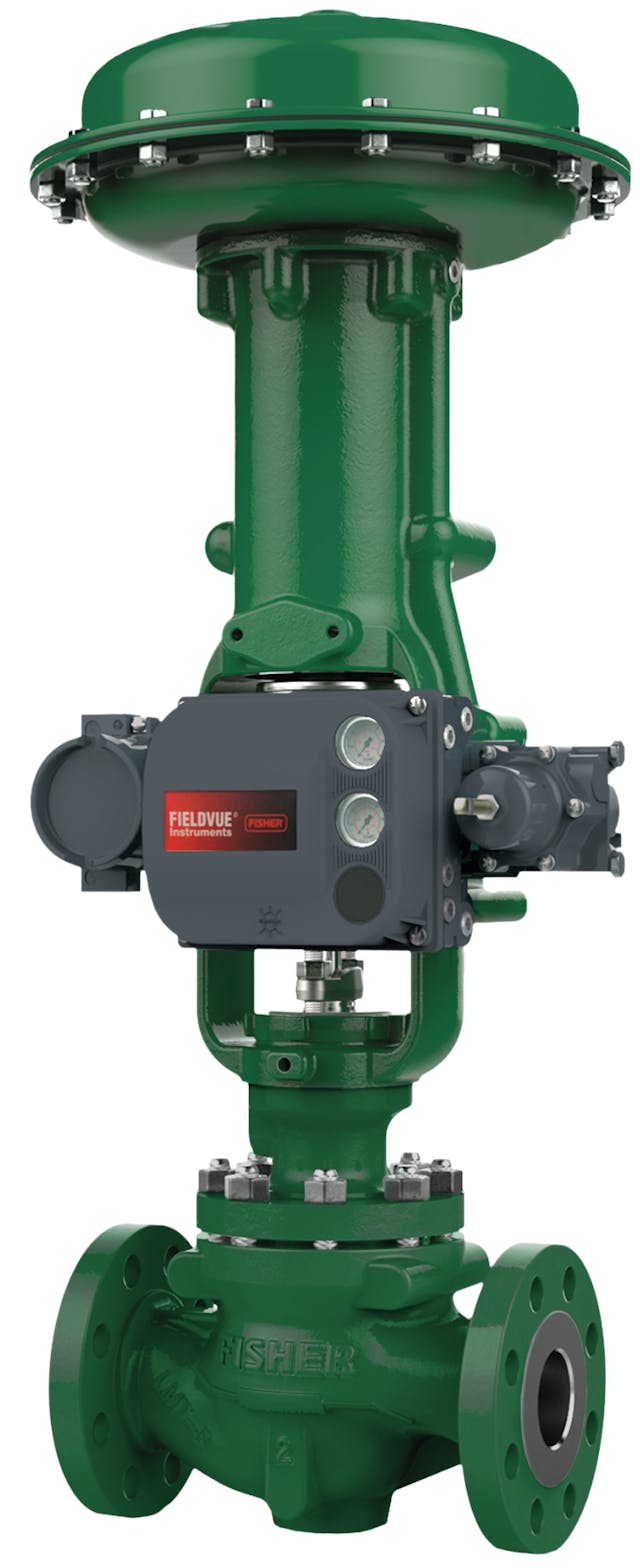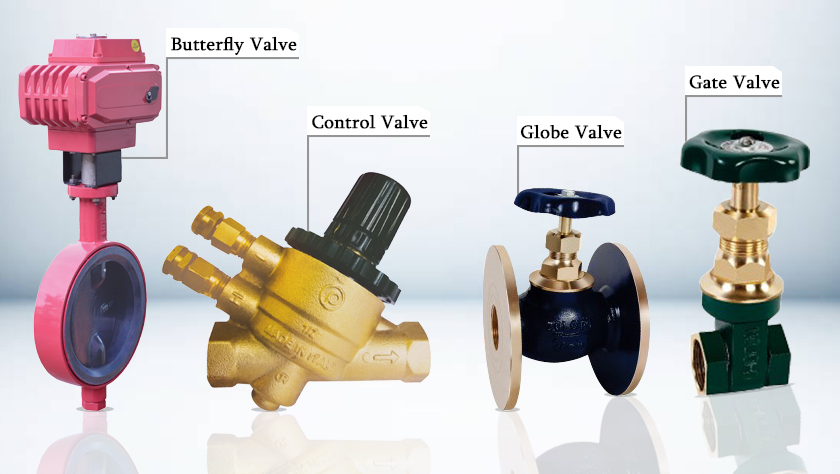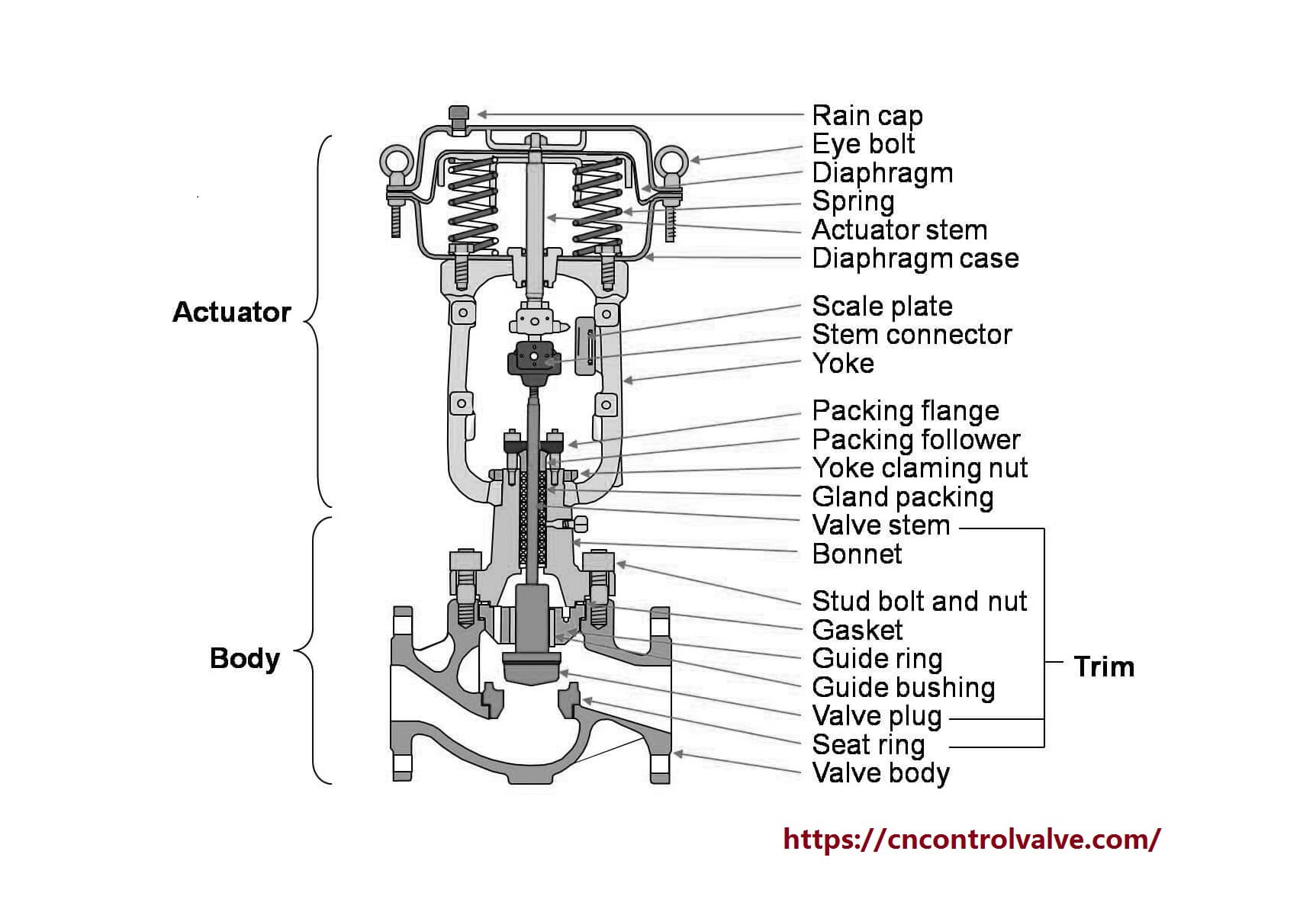The Function of Control Valves in Fluid Circulation Management Solution
The Function of Control Valves in Fluid Circulation Management Solution
Blog Article
Achieve Seamless Assimilation and Control With Quality Building Automation Controls
In the world of modern-day structure management, the importance of quality structure automation controls can not be overstated. As innovation continues to breakthrough, the combination and control of different systems within a structure have evolved to be more sophisticated and efficient. The smooth operation and tracking of lighting, HVAC, safety and security, and various other building features have ended up being extremely important for boosting resident convenience, energy performance, and total functional effectiveness. However, the journey in the direction of attaining real combination and control is a complex one, with factors to consider ranging from system compatibility to cybersecurity. Embracing high quality structure automation controls is not merely an issue of convenience however a strategic vital for organizations intending to optimize their centers' efficiency and sustainability.

Evolution of Building Automation Controls
Throughout the previous few years, the advancement of constructing automation controls has considerably changed the way buildings are taken care of and operated. Constructing automation systems mainly concentrated on fundamental functions such as regulating home heating, air, and ventilation conditioning (COOLING AND HEATING) systems. As innovation advanced, these controls have come to be extra advanced, permitting for a larger variety of structure systems to be incorporated and handled centrally.
The development of building automation controls has seen a change in the direction of even more smart systems that can adapt to transforming problems in real-time. This flexibility is important for optimizing energy effectiveness and guaranteeing resident convenience. Additionally, modern building automation controls now use functions such as anticipating upkeep, remote surveillance, and information analytics, enabling center supervisors to make data-driven choices to enhance structure performance.

Advantages of Quality Assimilation
The innovation in building automation controls towards even more intelligent systems has highlighted the substantial advantages of high quality assimilation in maximizing building operations and boosting total efficiency. Quality integration of building automation controls supplies a number of vital advantages. It leads to enhanced energy effectiveness by enabling various systems to function together flawlessly, guaranteeing ideal performance and minimizing energy waste. Second of all, high quality combination enhances occupant comfort and efficiency by allowing customized control over environmental settings like temperature, lighting, and air high quality. This customization can bring about an extra comfortable and helpful working or living environment. Furthermore, quality integration streamlines maintenance and troubleshooting procedures, as all systems are interconnected and can be kept an eye on and controlled from a central user interface. This centralized control additionally offers better presence and insights into structure performance, making it possible for proactive maintenance and optimization methods. Generally, the benefits of high quality assimilation in building automation controls are obvious, providing boosted efficiency, convenience, and operational efficiency.
Enhanced User Experience and Access
Enhancing user interaction with structure automation regulates with intuitive style and boosted accessibility elevates the general link experience for passengers and center managers alike. By concentrating on customer experience, constructing automation systems can come to be extra efficient and user-friendly. Instinctive user interfaces, clear navigating, and personalized setups equip users to connect with the controls easily and efficiently.
Ease of access features play an important duty in making certain that all individuals, consisting of those with specials needs, can use the building automation manages effortlessly. Including attributes such as voice commands, tactile buttons, and color-contrasted screens can enhance access and make the controls a lot more comprehensive.
Additionally, enhanced customer experience brings about greater customer fulfillment, boosted productivity, and better decision-making. Occupants can readjust environmental settings according to their choices, while center managers can efficiently take care of and keep track of structure systems - control valves. In general, focusing on individual experience and availability in building automation manages contributes to a much more efficient and smooth building environment for all stakeholders included
Lasting Practices Through Automation

Additionally, automation can promote the integration of eco-friendly energy sources such as photovoltaic panels or wind turbines right into structure operations. By automatically readjusting power use based upon the schedule of renewable resource, structures can further reduce their dependence on non-renewable sources. This seamless combination of sustainable techniques not just profits the environment however also improves the total operational effectiveness and cost-effectiveness of the building. Via automation, structures can align with contemporary sustainability goals and add to a greener future.
Future Trends in Building Control Solution
In anticipation of advancing technologies and evolving sustainability methods, the trajectory of structure control systems is poised to embrace ingenious remedies and transformative approaches. One noticeable fad forming the future of structure control systems is the boosted integration of Expert system (AI) and device learning. These technologies make it possible for structures to adjust in real-time to altering problems, enhancing power intake and improving comfort for owners. In addition, the Net of Points (IoT) is reinventing building control systems by linking tools and sensors to enhance and simplify procedures efficiency.
Another crucial trend is the focus on cybersecurity procedures to secure against prospective threats to constructing automation systems. As buildings come to be more interconnected, making certain robust cybersecurity protocols will be necessary to secure delicate information and protect against unauthorized accessibility.
Furthermore, the change in the direction of cloud-based platforms is obtaining momentum, enabling streamlined control and remote accessibility to building systems. This assists in easier tracking, maintenance, and updates, enhancing the general efficiency and flexibility of building control systems. As modern technology remains to development, these fads are expected to form the future landscape of building automation controls, driving development and sustainability in the constructed environment.
Verdict
Future trends in structure control systems are likely to concentrate on additional boosting automation capabilities for improved energy efficiency and total efficiency. It is necessary for building proprietors and drivers to prioritize the fostering of quality structure automation controls to optimize building procedures and achieve lasting sustainability objectives.
In the realm of modern structure management, the significance of high quality structure automation controls can not be overstated. Overall, the advancement of structure automation manages proceeds to drive innovation in the structure administration industry, supplying new possibilities for creating smarter and a lot more sustainable structures.
The innovation in structure automation manages in the direction of more smart systems has highlighted the substantial advantages of quality assimilation in enhancing structure operations and improving total effectiveness. On the whole, focusing on customer experience and availability in building automation regulates go right here contributes to an extra smooth and productive structure environment for all stakeholders entailed.
It is important for building proprietors and drivers to focus on the adoption of top quality building automation controls to maximize building procedures and attain long-lasting sustainability goals. - control valves
Report this page